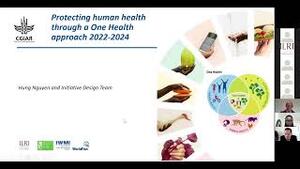
Review: Mitigating the risks posed by intensification in livestock production: The examples of antimicrobial resistance and zoonoses
Abstract
Major shifts in how animals are bred, raised and slaughtered are involved in the intensification of livestock systems. Globally, these changes have produced major increases in access to protein-rich foods with high levels of micronutrients. Yet the intensification of livestock systems generates numerous externalities including environmental degradation, zoonotic disease transmission and the emergence of antimicrobial resistance (AMR) genes. Where the process of intensification is most advanced, the expertise, institutions and regulations required to manage these externalities have developed over time, often in response to hard lessons, crises and challenges to public health. By exploring the drivers of intensification, the foci of future intensification can be identified. Low- and middle-income (LMICs) countries are likely to experience significant intensification in livestock production in the near future; however, the lessons learned elsewhere are not being transferred rapidly enough to develop risk mitigation capacity in these settings. At present, fragmentary approaches to address these problems present an incomplete picture of livestock populations, antimicrobial use, and disease risks in LMICsettings. A worldwide improvement in evidence-based zoonotic disease and AMR management within intensifying livestock production systems demands better information on the burden of livestock-associated disease, antimicrobial use and resistance and resources allocated to mitigation.
Citation
Gilbert, W., Thomas, L.F., Coyne, L. and Rushton, J. 2021. Review: Mitigating the risks posed by intensification in livestock production: The examples of antimicrobial resistance and zoonoses. Animal 15(2): 100123.










